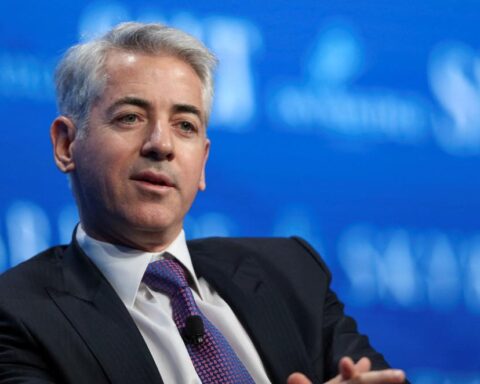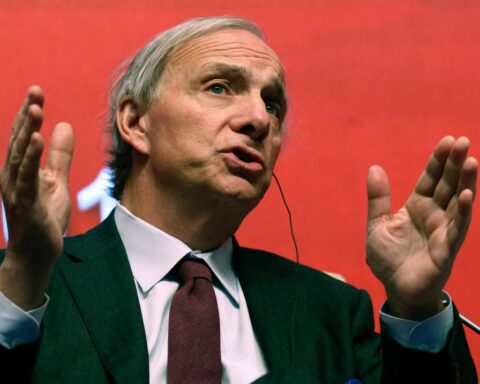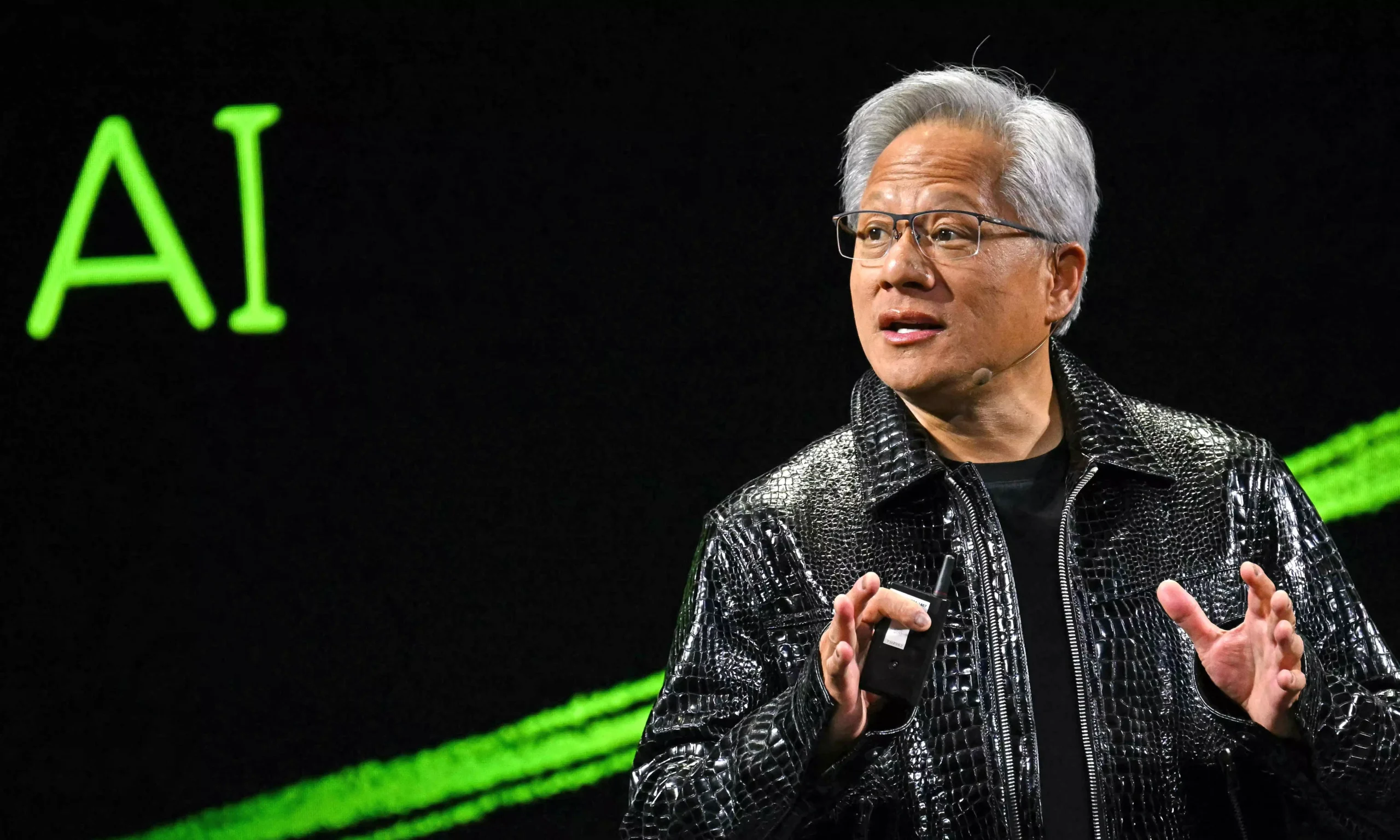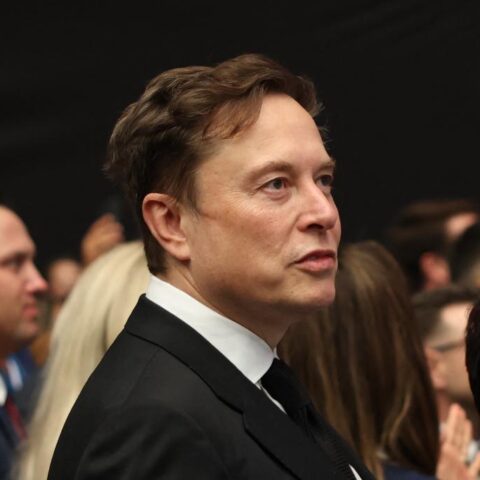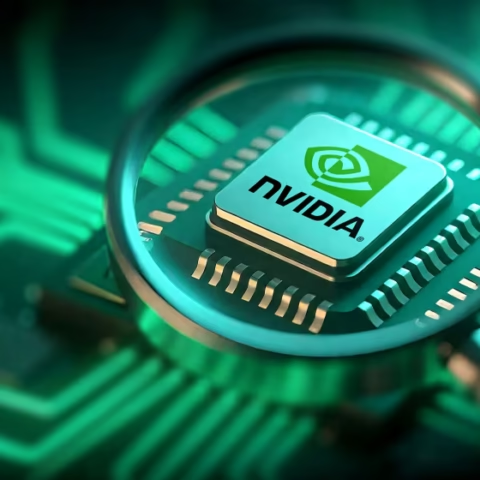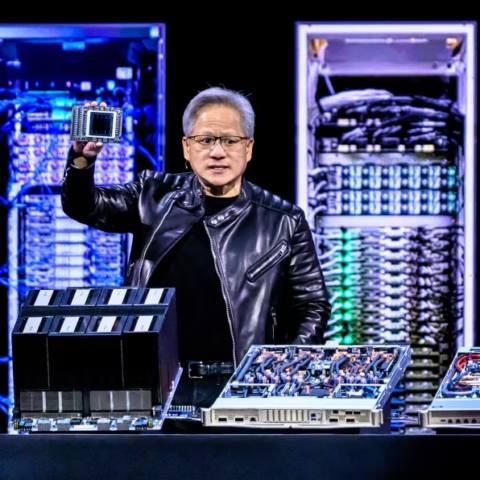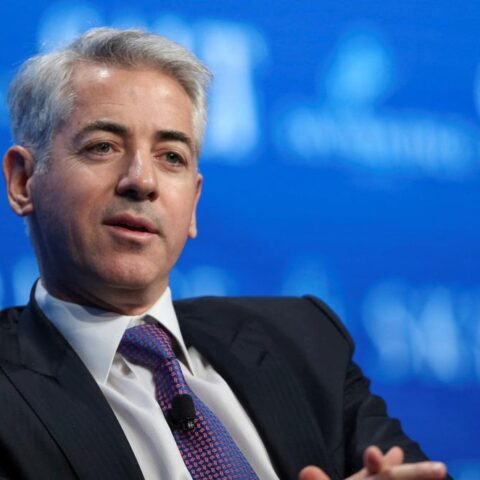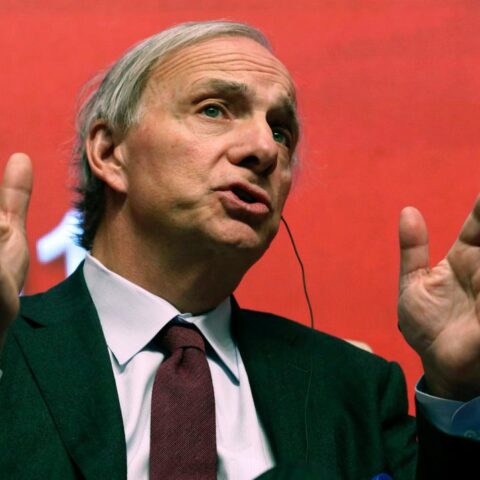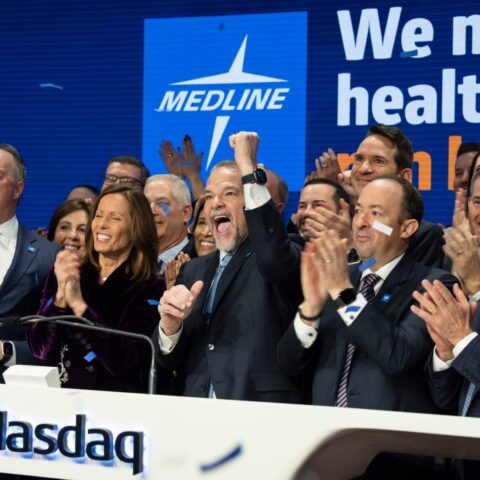Despite market jitters, Huang projects multi-trillion-dollar AI infrastructure growth, calling the rise of artificial intelligence a new industrial revolution.
Nvidia CEO Jensen Huang has reaffirmed his bullish outlook on artificial intelligence, dismissing investor concerns about a potential slowdown in the AI chip market. Speaking on Wednesday, Huang projected that global spending on AI infrastructure could soar to $3 trillion to $4 trillion by the end of the decade, underscoring the transformative impact of the technology.
“A new industrial revolution has started. The AI race is on,” Huang declared, aiming to reassure investors after Nvidia’s third-quarter revenue forecast came in slightly short of Wall Street’s lofty expectations.
Investor Concerns vs. Nvidia’s Optimism
Nvidia’s stock has surged roughly one-third this year, powered by expectations of insatiable demand from Big Tech and data centre operators, also known as hyperscalers. Yet recent market signals — including comments from OpenAI CEO Sam Altman warning that investors might be “overexcited” about AI — have raised questions about whether the sector’s rapid growth is sustainable.
Huang, however, remained confident. “The more you buy, the more you grow. The buzz is: everything sold out,” he said, highlighting strong demand for both Nvidia’s flagship Blackwell chips, which are booked out into 2026, and its Hopper processors, which continue to sell briskly.
Multi-Billion-Dollar Orders Fuel Confidence
Evidence of this demand was clear in Nvidia’s latest quarter: a customer outside China purchased $650 million worth of H20 chips, a reduced-capability model designed for the Chinese market. Huang also pointed to major data centre investments, estimating $600 billion in spending this year alone from tech giants like Microsoft and Amazon.
According to his projections, Nvidia can capture up to $35 billion from a single $60 billion data centre build, cementing its position at the centre of the AI revolution.
Market Realities and Growth Outlook
Nvidia reported a tepid third-quarter revenue forecast of about $54 billion, narrowly topping analyst expectations of $53.14 billion. Despite this modest guidance, the company’s momentum is evident: its second-quarter net income has already surpassed Apple’s fiscal third-quarter profit — a rare feat for a chipmaker.
Industry experts agree with Huang’s assessment that the AI market is still in its early stages. “When you have something that is new, and it’s growing as fast as it is, and with all of the huge capex announcements from the hyperscalers, it’s evidence that we’re in the early stages of the AI boom,” said Thomas Martin, portfolio manager at Globalt Investments.
The Road Ahead
As the competition intensifies and hyperscalers accelerate their capital expenditure, Nvidia’s leadership position looks secure. While some investors may worry about overheating, Huang insists the AI revolution is far from reaching its peak.
With its cutting-edge chips in high demand and infrastructure investments surging worldwide, Nvidia is betting that its dominance in the AI race will continue — fueling what Huang describes as the next great era of industrial and technological transformation.




